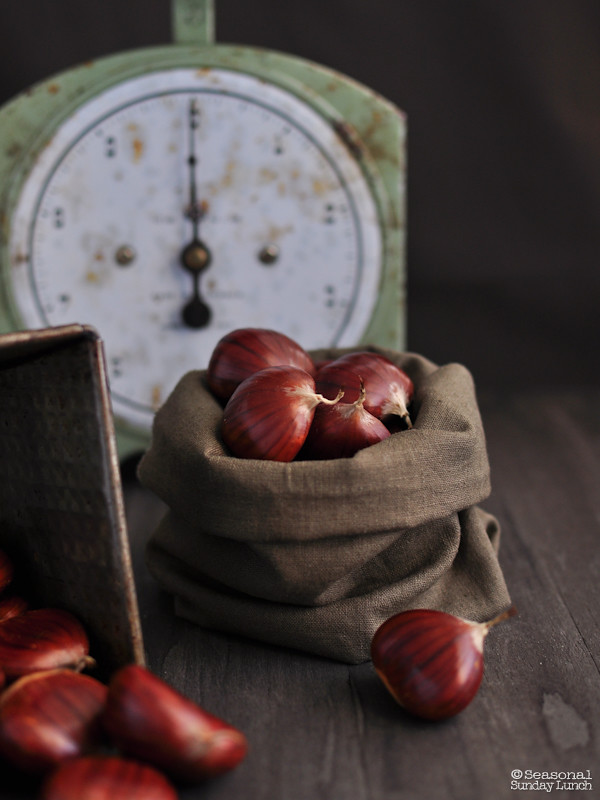 Photo credit: Jennifer Jenner, unless otherwise noted
Photo credit: Jennifer Jenner, unless otherwise noted
Chestnuts have been grown in Australia for over 150 years. “Many Australians aren’t familiar with chestnuts, despite the fact that we produce 1500 tonnes of them each year here in our own country” says chef Stefano Manfredi, a restauranteur and ambassador for Chestnuts Australia. “I grew up eating chestnuts, they’re incredibly versatile and simple to prepare,” he shares.
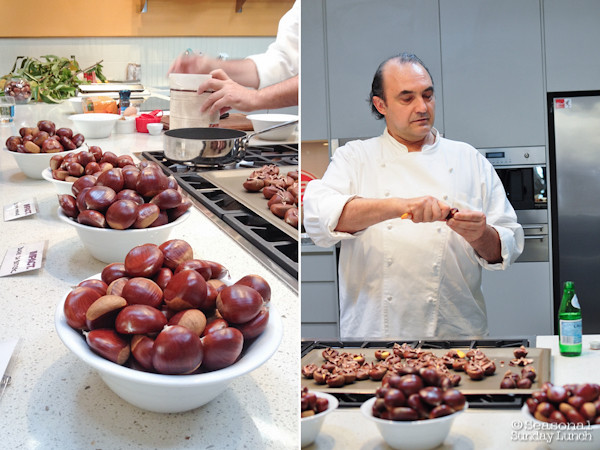
A part of everyday life in Italy, chestnuts were inexpensive and rich in nutrients. They were ground down and used to bulk out wheat flour for pasta and bread, chopped up and added to stuffing, or turned into a puree for desserts. There is a good chance however that if you aren’t of recent European heritage, other than singing ‘chestnuts roasting on an open fire…‘ at Christmas you may have never experienced this versatile produce.
Patrizia Simone, author of My Umbrian Kitchen shared that her favourite way to eat chestnuts is roasted in salads or diced up in stuffing for game birds. She says, “My grandmother would soak chestnuts like olives, place them in jars and bury them in the garden during the winter! Come spring we would dig them up and have chestnuts all year round, they were such an important food source.”
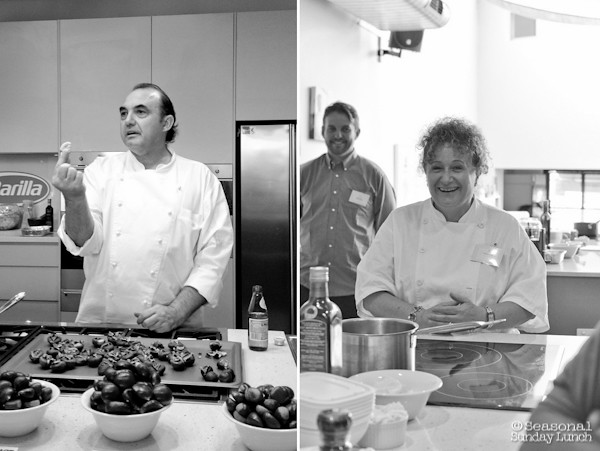
Brought to Australia originally by migrants during the gold rush in the mid-1850’s, chestnut groves really took off after World War II with an influx of Italian and Greek immigrants to Victoria. 70% of Australian chestnuts are grown in North East Victoria with its cold winters and warm dry summers.
When storing, Jane Casey, chestnut grower and spokesperson for the Australian Chestnut Industry says, “Chestnuts are 50% water so treat them as you would broccoli. They will last 3 weeks if stored in a plastic bag in the fridge.”
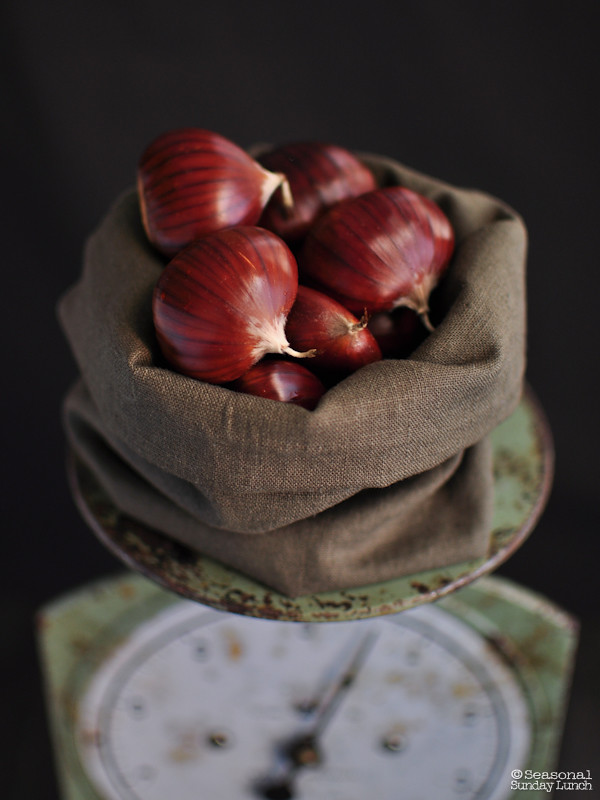
Chestnut 101:
- Chestnuts have a nutty sweetness and a soft, crumbly texture. They can be boiled or roasted, ground into flour, pureed into a paste or simply diced up and stirred through dishes to add texture and flavour.
- Cholesterol free and low in calories – especially when compared to other nuts – chestnuts are also low GI so they keep you full for longer.
- Chestnuts are easy to prepare, and as long as they are scored with an ‘X’ before boiling or roasting they won’t explode. Make sure to check out our ‘How to Roast Chestnuts’ infographic and recipe.
- Chestnut season in Australia runs from March to July. Prices generally range from $8 to $12 per kilogram in the early part of the season (March/April) and can drop to $5 per kilogram as the season progresses.
Top tip: Fresh chestnuts are not imported into Australia, roast fresh chestnuts during autumn and winter then peel and freeze the meat. Simply defrost when needed!
Growing and Harvesting:
Chestnut trees grow best in locations with cold winters, warm dry summers and direct sunlight. The nuts develop inside large green/brown burrs which open once ripe.
 Photo credit: Chestnuts Australia
Photo credit: Chestnuts Australia
According to Chestnuts Australia, “Harvesting is done once the nuts have fallen from the tree. Depending on the variety, and to a certain extent the season, most nuts fall free from the burr. Most nuts drop from mid March to early May and nuts are mainly gathered by hand.”
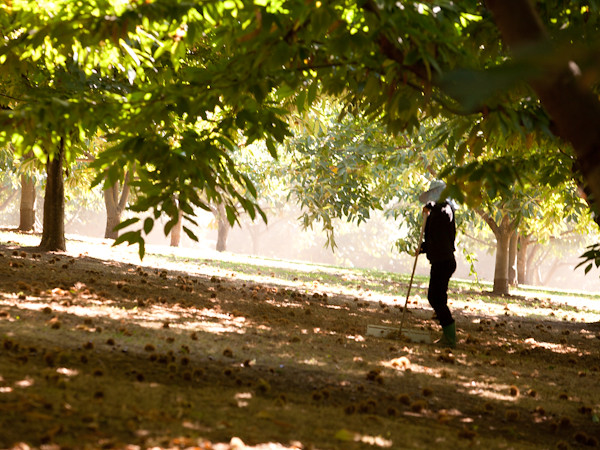 Photo credit: Chestnuts Australia
Photo credit: Chestnuts Australia
Types of Chestnuts:
As with apples, pears and potatoes, there are many different types of chestnuts. The most common varieties in Australia are De Coppi Marone, Bouche de Betizac, Red Spanish and Purton’s Pride.
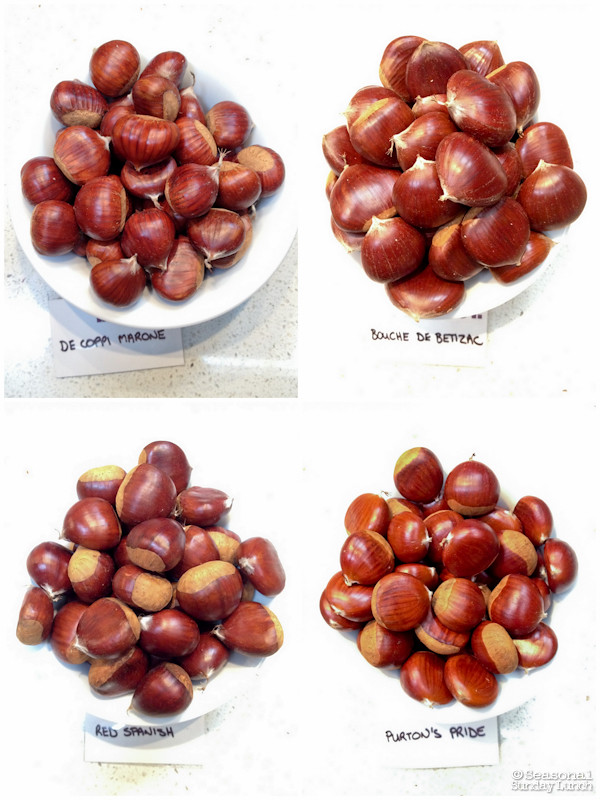
At the time of publication we were still awaiting details on the best uses for each type – for example some are better for roasting and other for boiling – but will update this post once confirmed. Variety has only recently had an impact on price and chestnuts are not currently labeled by variety at a consumer level.
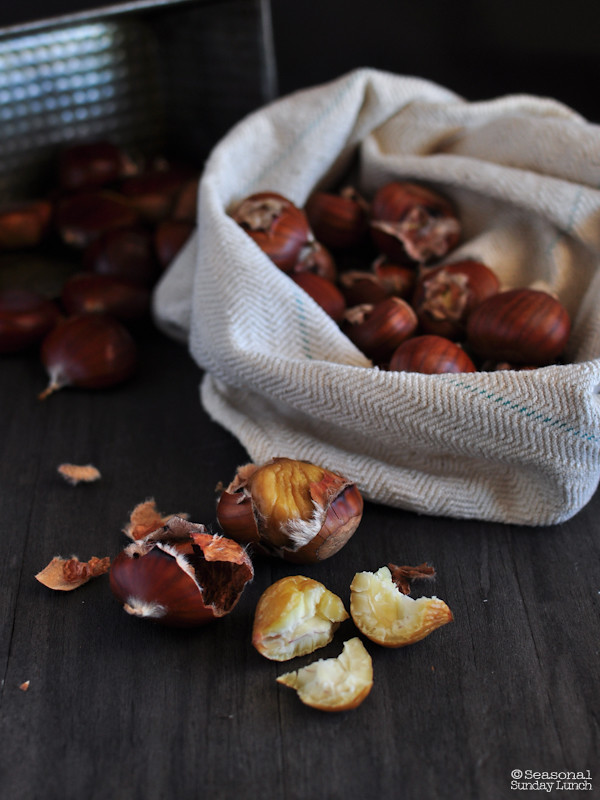
So now that you know all about chestnuts head out and pick some up while they are in season. I’ve been eating them roasted, but we’ll be sharing some great recipe ideas soon!
—
For more information visit Chestnuts Australia



Very nice and inspiring post. Will watch for recipes. We have a chestnut tree in the yard. Are they all edible?
Hi Brenda. All sweet chestnuts are edible. Horse chestnuts (conkers) are not. If your tree is producing sweet chestnuts be sure to pick them quickly and store them at as close to 0 degrees as possible. If left on the ground in warm conditions for too long, no chestnut is edible!
Thanks for helping out Rohan! – JJ
Great post! I’m a huge chestnut fan and only just discovered that Stefano Manfredi is the Ambassador for Chestnuts Australia. Hail Sir Stefano! I’ve just posted a chestnut memoir on my blog: http://ambradambra.wordpress.com/2013/05/15/that-old-chestnut/
Great pics JJ, but there´s a lot more to know about chestnuts. And you are right, there are hundreds if not thousands of cultivars and these days there are even the hybrids.